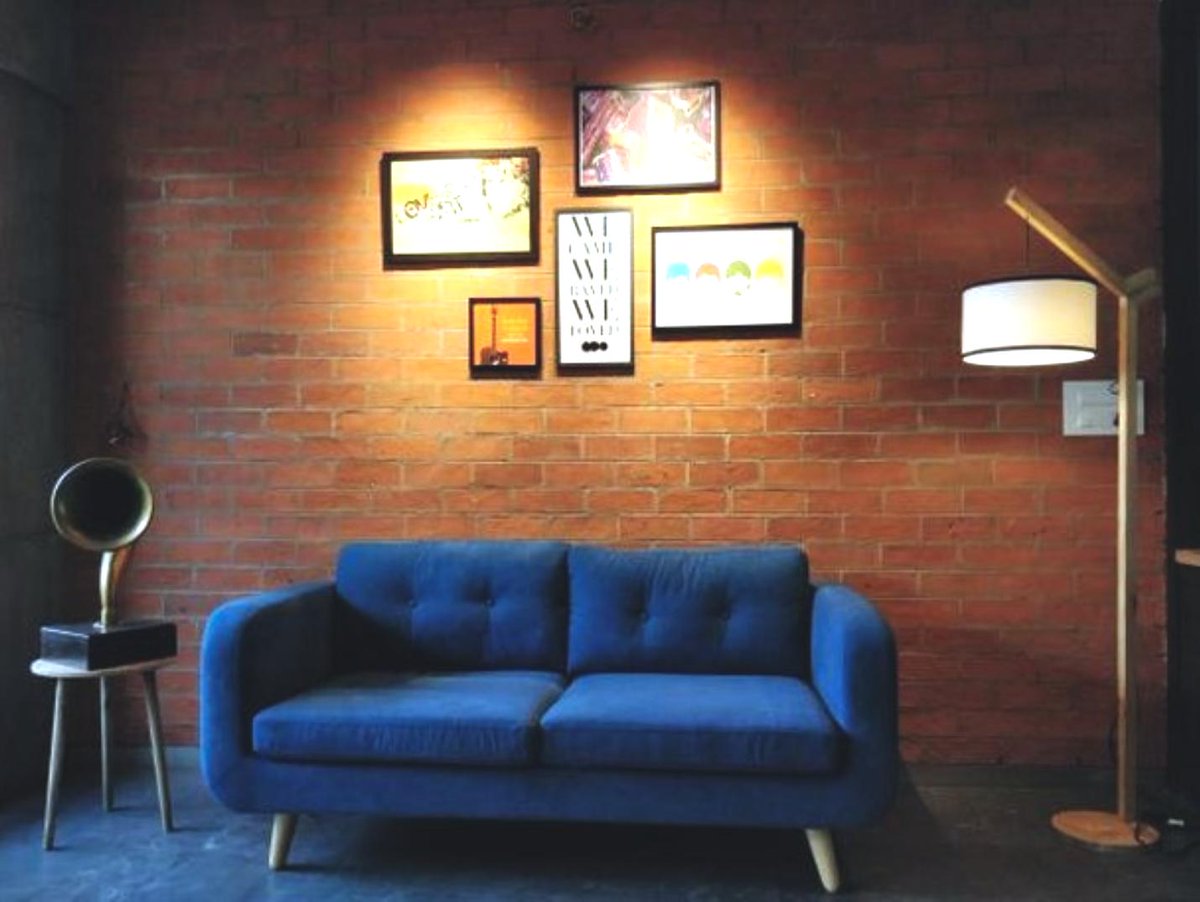Kiwis researchers awarded $1 million to develop new type of wall
This is timely. We’re living in an age of increasingly powerful entertainment systems and often forced to listen to other people’s music, televisions etcetera, which can affect our health and well-being.

- Country:
- New Zealand
Researchers at the University of Auckland have been awarded close to $1 million to develop a new type of wall, to better shut out the unwanted sounds of the people next door.
This is timely. We’re living in an age of increasingly powerful entertainment systems and often forced to listen to other people’s music, televisions etcetera, which can affect our health and well-being.
Moreover, the acoustic intrusion of our neighbor’s is more likely in medium-density housing, which is projected to constitute 30 percent of Auckland’s housing by 2050.
The team of mechanical engineers at the Faculty of Engineering’s Acoustic Research Centre, awarded $991,000 from the Ministry of Business, Innovation, and Employment (MBIE), is taking an innovative approach to noise insulation.
They aim to create a new kind of partition material in which they, with the use of specific materials, will reduce the capacity of a wall to vibrate in response to sound, thereby providing better sound insulation, but without taking up more floor space.
They are particularly focussed on cutting out low frequency noise, which travels more easily through walls – other people’s bass beats, for instance, which can be intrusive and impossible to ignore.
“Sometimes it feels like Sting is playing his bass in your living room,” says Dr. Andrew Hall, who is leading the research, adding that he likes Sting’s bass playing “just not at 2 am”.
A wall is vibrated much more easily at low frequencies, where wavelengths can be more than three meters, Dr. Hall explains. “It’s like a giant hand pushing on the wall.”
Achieving effective noise insulation against low-frequency sound is both challenging and expensive, and usually involves increasing the density, mass or thickness of the partition material.
However he, co-researcher Dr. George Dodd and their team have shown through previous research that they can use internal mechanisms, known as acoustic metamaterials, which can push back against that vibration, and disrupt the sound waves traveling through the walls.
They are also investigating the use of Helmholtz resonators to improve the noise-insulating properties of a wall. “They respond much like when we blow over the top of a glass bottle, and so absorb and reflect sound,” says Dr. Hall. Using 3D printing of soft and hard materials, the researchers will explore the many possibilities in the design of these Helmholtz resonators and acoustic metamaterials.
We need and can find technological solutions to protect us from other people’s noises, says Dr. Hall. “Despite people decrying the poor quality of multi-family housing in lower socio-economic sectors, there’s little evidence of research groups seeking solutions in the innovative way that we are proposing.”
“Our system aims to raise NZ’s sound insulation standards to meet the internationally recognized minimum performance expressed in overseas building codes. More and more people are living in urban settings in close proximity to others, and tackling noise pollution will have enormous benefits for their health and well-being.”
ALSO READ
Poonawalla Fincorp Q4FY24 Business Update: Strong AUM Growth of 13 per cent QoQ and Significant Improvement in Asset Quality
Taiwan earthquake cracks walls and shatters memories for one family
Taiwan earthquake cracks walls and shatters memories for one family
US STOCKS-Wall Street gains as recent data bolsters rate cut hopes
Mumbai Coastal Road witnesses its first accident; car suffers damage after hitting tunnel wall










